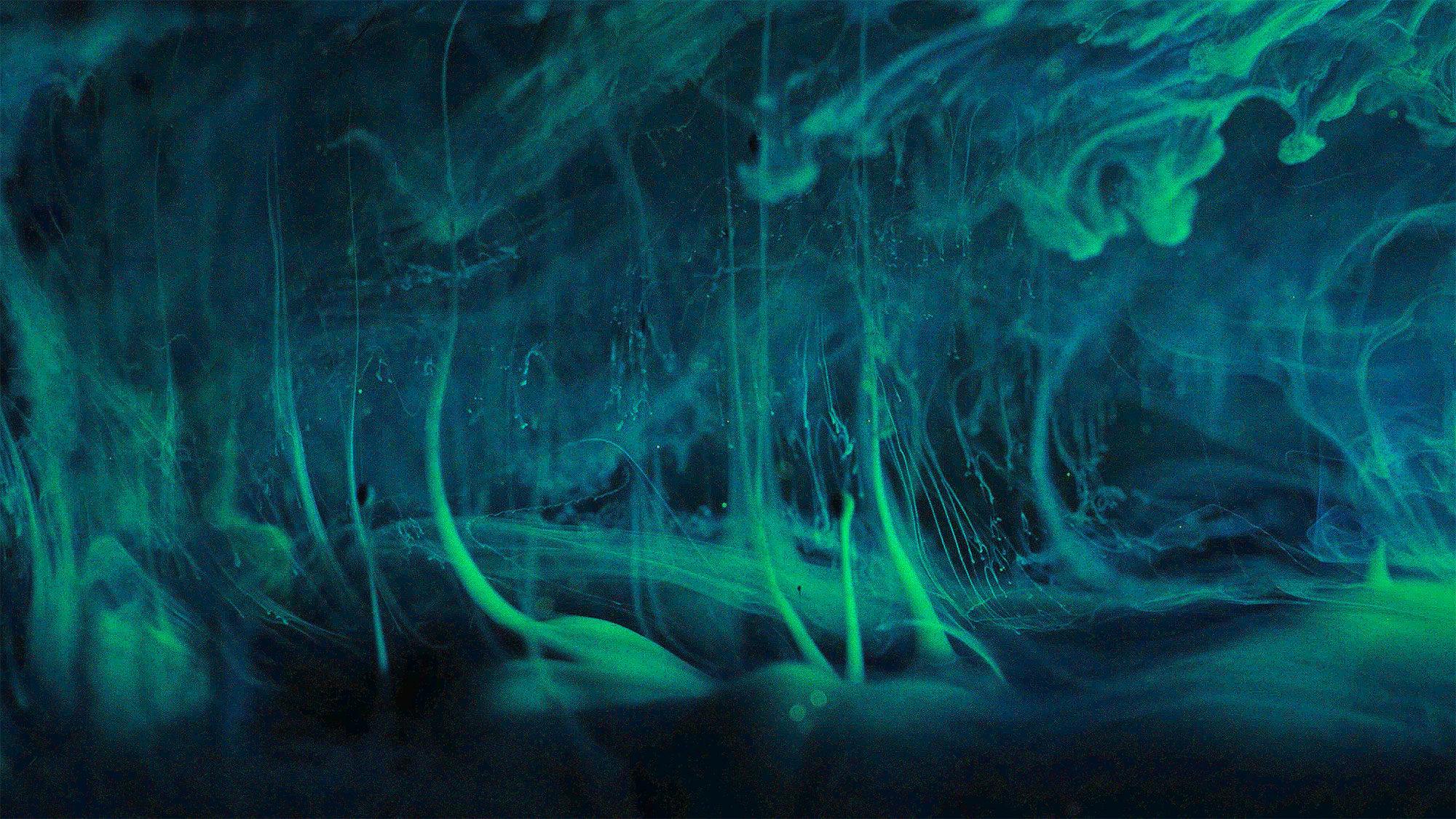Latest News
From Plymouth to London: Industrial landscapes & purposeful protests
Wednesday, 28 February, 2018 — From industrial clay sculptures and mischievous wolves in Plymouth to picket line protests in London, our crafts programmes came together last month to respond to Tate Exchange artist Clare Twomey’s theme of production.
<h5><strong>From industrial clay sculptures and mischievous wolves in Plymouth to picket line protests in London, our crafts programmes came together last month to respond to Tate Exchange artist Clare Twomey’s theme of production.</strong></h5>
<p>Participants had the opportunity to explore and experience personalised journeys through creative education, across multiple production stations at <a href="http://www.tate.org.uk/whats-on/tate-modern/tate-exchange/workshop/factory-settings" target="_blank" rel="noreferrer noopener">Factory Settings</a>, our education factory.</p>
<p>Over three days Plymouth College of Art and <a href="http://plymouthschoolofcreativearts.co.uk/" target="_blank" rel="noreferrer noopener">Plymouth School of Creative Arts</a> invited members of the public to hit factory reset on mainstream models of schooling on Level 5 of the Blavatnik Building, Tate Modern, with simultaneous events taking place in Plymouth.</p>
<p>Tate Exchange is an ambitious ‘open experiment’ which allows other organisations and members of the public to participate in Tate’s creative process, running events and projects on site and using art as a way of addressing wider issues in the world around us.</p>
<p>As part of Factory Settings, students, academics and technicians from the college’s<a href="https://www.aup.ac.uk/courses/undergraduate/ba-hons-craft-material-practices"> BA (Hons) 3D Design Crafts, BA (Hons) Ceramics & Glass, and BA (Hons) Jewellery </a>programmes led simultaneous activities, ‘Picket Line’ in London and ‘I’ll Huff and I’ll Puff’ in Plymouth, in response to <a href="http://www.tate.org.uk/whats-on/tate-modern/tate-exchange/workshop/factory" target="_blank" rel="noreferrer noopener">‘FACTORY: the seen and the unseen’</a>, by lead Tate Exchange artist <a href="http://www.claretwomey.com/" target="_blank" rel="noreferrer noopener">Clare Twomey</a>.</p>
I'll Huff and I'll Puff, Plymouth. Photo © Taylor Harford
<h4>The ‘Picket Line’ and ‘I’ll Huff and I’ll Puff’</h4>
<p>Protest and politics are a productive element of contemporary art practice. As such, throughout their time at Tate Modern, staff and students came together to create a picket line, drawing attention to disruption, downing-tools and taking a stand as part of the history of production in the UK.</p>
<p>These craft-focused activities were led by glass artist, educator and researcher <a href="https://www.gaylematthias.com/" target="_blank" rel="noreferrer noopener">Gayle Matthias</a>, UK-based South African artist <a href="http://www.kim-bagley.com/" target="_blank" rel="noreferrer noopener">Kim Bagley</a>, contemporary jewellery artist <a href="http://www.racheldarbourne.co.uk/" target="_blank" rel="noreferrer noopener">Rachel Darbourne</a>, and designer and ceramic artist <a href="http://jasonmarks.co.uk/" target="_blank" rel="noreferrer noopener">Jason Marks</a>.</p>
<p>Visitors to Tate were encouraged to sign the Manifesto on Craft, and then at various points throughout the day these participants downed tools to form a picket line that disrupted the activities at other workstations and drew attention to the relevance and vitality of craft.</p>
<p>Simultaneously, in Plymouth, staff and students took inspiration from the narrative of the three little pigs and their materials of choice, creating a series of chimneys and stacks in ‘I’ll Huff and I’ll Puff’.</p>
Picket Line, Tate Exchange. Photo © Sarah Packer
The Tate space offers new possibilities for learning and, in art education, there is no ‘subject’ to hide behind. So this is all about you. What are you going to make of all this?”
<p>Expert practitioners and students of all ages worked together to construct an industrial landscape and gradually populated a panorama of chimneys and stacks that varied in scale and materials.</p>
<p>To disrupt the linear creative process and production line, a wolf appeared in several guises to demolish parts of the work, which was then rebuilt and reassembled using basic means in a ‘make do and mend’ scenario, resulting in an ad hoc landscape of temporary structures, with varying stability.</p>
<p>The transformative process of basic material manipulation was pursued alongside the process of destruction and rebuild, imbuing an alternative, uncontrolled aesthetic value and fast-forwarding the process of learning about sound construction.</p>
<p>Vernacular and early industrial construction techniques were deployed individually and interwoven together to allow a range of individual responses to emerge. Staff and students pressed ceramic bricks and worked with both fired and raw examples, constructed willow hurdles and pressed, wrapped and tied straw bales. These components, alongside material in its unrefined state, were then used for construction.</p><ul><li>See photos from <a href="https://www.aup.ac.uk/posts/factory-settings-at-tate-exchange-exploring-personalised-journeys-through-c" target="_blank" rel="noreferrer noopener">Factory Settings at Tate Exchange.</a></li><li><a href="https://www.aup.ac.uk/posts/plymouth-college-of-art-tate-exchange" target="_blank" rel="noreferrer noopener">Find out more about our associate partnership with Tate Exchange.</a></li></ul>
Photos by Sarah Packer and Taylor Harford
<h4><strong>Making Learning</strong></h4>
<p>This is the second year that Plymouth College of Art, a founding associate of Tate Exchange, and Plymouth School of Creative Arts have occupied Tate Exchange, following the Making Learning: Pop-Up School and Symposium in January 2017, which explored the success and value of their radical and progressive continuum of creative learning and practice in the South West established in 2013, ranging from early years to Masters level study.</p>
<p>Factory Settings at Tate Exchange builds on the outcomes of the <a href="http://www.tate.org.uk/whats-on/tate-modern/workshop/tate-exchange/making-learning" target="_blank" rel="noreferrer noopener">Making Learning: Pop-Up School and Symposium</a> to ask questions about the value of art and creativity to society and its impact on the lives of individuals, as well as questioning how we can challenge mainstream models of education to create something truly transformative that challenges conformity and promotes autonomy.</p>
<p>Professor Andrew Brewerton, Principal of Plymouth College of Art, said: “Authentic learning is transformative, not transactional. Factory Settings will dismantle the exam machine, clear the shop floor and restore the purpose of learning to the business of living a life. The Tate space offers new possibilities for learning and, in art education, there is no ‘subject’ to hide behind. So this is all about you. What are you going to make of all this?”</p><ul><li><a href="https://www.aup.ac.uk/posts/making-learning-at-tate-exchange-exploring-creative-learning-in-education" target="_blank" rel="noreferrer noopener">Discover more about our Making Learning journey.</a></li></ul><p>Tate Exchange: Production is supported by Maryam and Edward Eisler, Red Hat Inc., Paul Hamlyn Foundation and Art Fund. With founding support from Freelands Foundation.</p>
